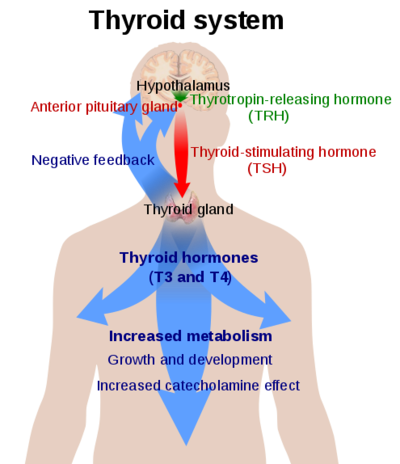Sandbox Reserved 1792
From Proteopedia
| This Sandbox is Reserved from February 27 through August 31, 2023 for use in the course CH462 Biochemistry II taught by R. Jeremy Johnson at the Butler University, Indianapolis, USA. This reservation includes Sandbox Reserved 1765 through Sandbox Reserved 1795. |
To get started:
More help: Help:Editing |
Thyroid Stimulating Hormone Receptor (TSHR)
| |||||||||||
References
- ↑ Hanson, R. M., Prilusky, J., Renjian, Z., Nakane, T. and Sussman, J. L. (2013), JSmol and the Next-Generation Web-Based Representation of 3D Molecular Structure as Applied to Proteopedia. Isr. J. Chem., 53:207-216. doi:http://dx.doi.org/10.1002/ijch.201300024
- ↑ Herraez A. Biomolecules in the computer: Jmol to the rescue. Biochem Mol Biol Educ. 2006 Jul;34(4):255-61. doi: 10.1002/bmb.2006.494034042644. PMID:21638687 doi:10.1002/bmb.2006.494034042644
- ↑
Hinge Region
The (purple-blue) connects the Transmembrane Region to the Leucine Rich Domain. It is made up of two <math>α</math>-helices that are connected via di-sulfide bonds. Interactions between these two helices and TSH help orient TSH properly. These interactions are essential for TSH binding, however, they are not required for the activation of TSHR. Conformational changes in this region, specifically the orientation of Y279 (greenlink), are responsible for the bringing TSHR into the active state <ref> === Leucine Rich Domain=== <scene name='95/952720/Lrrd/1'>LRRD</scene> === Binding Pocket===
== Active vs Inactive State== When TSHR is not bound to TSH, it is in the inactive state. This is also considered the "down" state because the LRRD is pointing down. When TSH binds to TSHR, interactions between TSH and the cell-membrane cause TSHR to take on the active or "up" state. During this transition, the Extracellular domains rotate 55° along an axis. This rotation is caused by conformational changes within the hinge region ('''green link'''), specifically at the Y279 residue. This residue moves 6 angstroms relative to I486, which is a residue located in the Transmembrane Region <ref name=”Faust”> == Specific Residues ==
== Biological Relevance == This is a sample scene created with SAT to <scene name="/12/3456/Sample/1">color</scene> by Group, and another to make <scene name="/12/3456/Sample/2">a transparent representation</scene> of the protein. You can make your own scenes on SAT starting from scratch or loading and editing one of these sample scenes.
</li></ol></ref>

